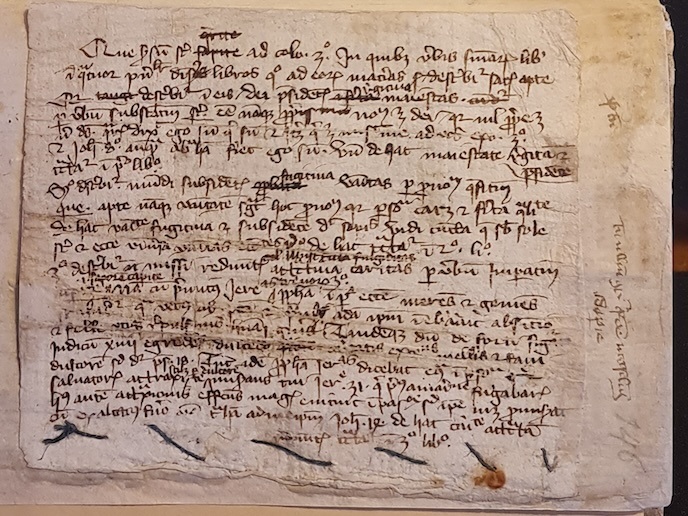Boys have talent, girls work hard: how parents and teachers perpetuate gender biases
Two of the most important factors affecting our career path are our parents and teachers. Combine that with the fact that women tend to be under-represented in STEM (science, technology, engineering and maths) just like men are in HEED (healthcare, early education and domestic work), and you’ve got yourself a sensible question: Do our parents and teachers unintentionally contribute to perpetuating these imbalanced gender distributions? “There has been evidence that teachers’ gender and gendered language can influence children’s evaluation of specific professions. Same-gender role models who challenge stereotypes – like a female maths teacher or a male preschool teacher – can contribute to students’ interest in a career they would not have chosen otherwise. Likewise, parents’ gendered messages shape their children’s flexibility or rigidity as they consider educational or professional choices,” says principal investigator Judi Mesman, dean of Leiden University College The Hague and professor of the interdisciplinary study of societal challenges. Whilst some studies on this topic do exist, very few are longitudinal. Mesman’s GirlsInScience (Building an Evidence-Base for Reducing Gender Bias in Educational Pathways) project, funded by the European Research Council (ERC), closes this gap with a study specifically focused on the Dutch context. With her team, she began by studying gender representation and stereotypes in textbooks, the impact of student gender on marking, how teacher-student gender matches influence students’ achievements, as well as gendered evaluations in report cards.
Textbook stereotypes
“Our work on textbooks examined gender representation and stereotyping in maths and Dutch language education for the first grade of primary education and the first grade of secondary education. This analysis spanning over 20 000 textbook characters shows a systematic female under-representation, specifically among characters with a profession, scientists, athletes and those performing technical activities,” Mesman adds. “Meanwhile, female characters are over-represented in household tasks and parental roles, while females of colour are even more under-represented overall.” To evaluate gender marking, the team presented teachers with exams to mark from gendered student names. Teachers were found to favour girls over boys, but also to view girls’ achievements as being mostly due to hard work. Boys’, on the other hand, were due to talent. This is in line with the societal discourse that sees boys as unmotivated and lazy (yet intellectually capable), whereas girls would be conscientious and hardworking although less talented. According to Mesman, “both findings are examples of implicit and subtle gendered messages to which students are exposed throughout their school careers. These are part of a larger pattern of mechanisms that may explain gender gaps in educational and professional pathways.” These studies have yet to be finalised, just like the analysis of family data on boys’ and girls’ respective interest in STEM and HEED. “The COVID-19 pandemic forced us to reconsider several parts of the project, delay them, redesign them and come up with innovative methods never used before in this line of research. We have now collected a very rich data set, and our first priority is to do it justice by finalising our analyses and reports,” notes Mesman. Once the research is complete, the team intends to develop awareness-raising materials for the general public and specific professional groups. A practical instrument for educational publishers has already been published: they can use it to remedy issues of gender and ethnicity in their textbooks, and both Dutch and international organisations have expressed interest in implementing this instrument in future textbook editions. Similar instruments are also in the pipeline for families and schools. These will challenge and motivate both parents and teachers to reflect on their own roles.
Keywords
GirlsInScience, gender equality, education, gender bias, STEM, HEED, parents, teachers







